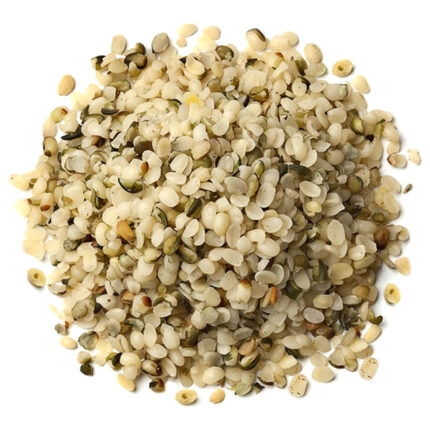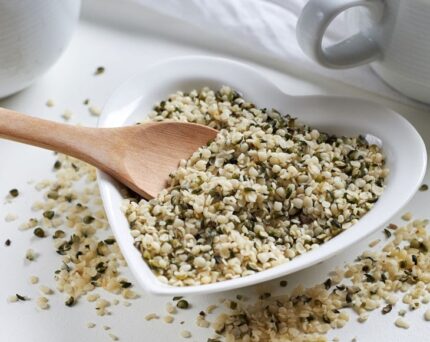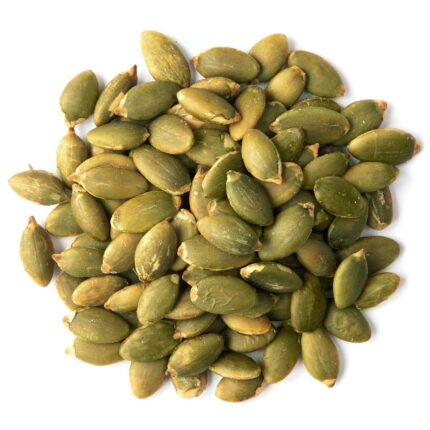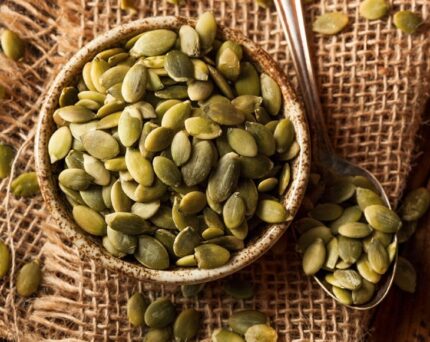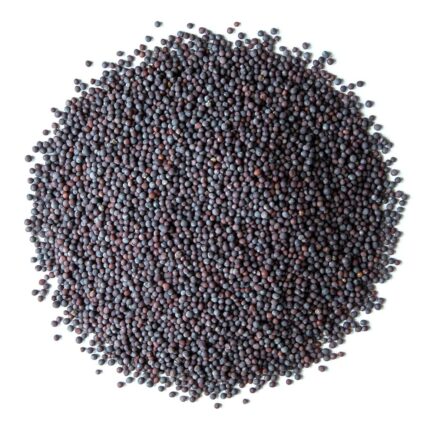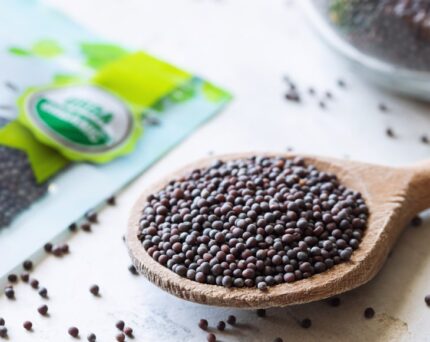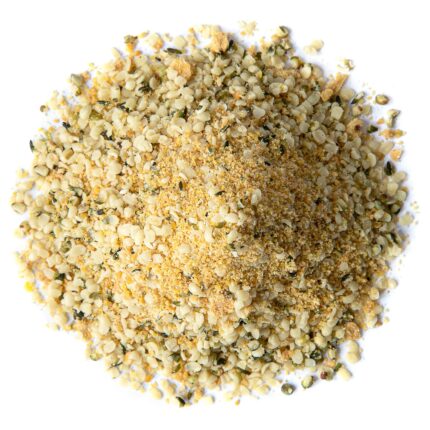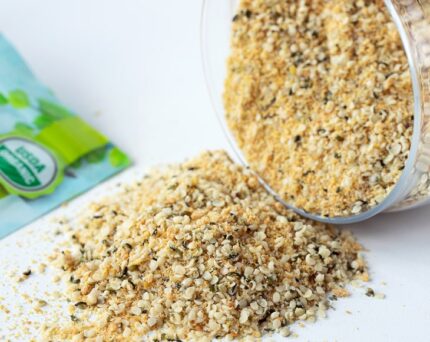Most likely, you are familiar with sesame seeds as it is a widely used ingredient in all cuisines. Did you know that they come in two varieties: Hulled and Unhulled or so-called Natural Sesame? It is obvious from their names that the first ones have had their hull removed while the latter have it intact. When comparing the two types, you can tell that Natural Sesame Seeds have a darker brownish tint. Another and main difference between these kinds of seeds is their taste. Because of the compounds that are present in the husk, Unhulled Sesame Seeds taste slightly bitter in comparison to hulled ones, which have a more nutty and mild flavor.
These sesame seed types are interchangeable in recipes, thus, if you’ve never tried Unhulled Sesame you shouldn’t have any problem finding a way to use them. Sesame seeds are sprinkled over salads, avocado toasts, or any cooked meal before serving. They are also very common in baked goods such as rolls, bagels, and bread. We strongly recommend you try making homemade Tahini paste which goes well with raw veggies, falafel, and eggs.
What about Nutrition Facts
Unhulled Raw Sesame Seeds will not only add crunchiness and unique flavor to your dishes but will also enrich them with such essential elements as Copper, Zinc, Iron, and Calcium. By the way, the unhulled variety has a quite higher Calcium content than the one that has had its husks removed. Just one ounce of Natural Sesame Seeds provides 22% of the Daily Value for this crucial nutrient which by the way supports your body’s bone health and cardiovascular system. In addition, they are a great source of fiber, protein, and good fats.
Did you know that Natural Sesame Seeds
- Can also come in grey and reddish color?
- Were grown since ancient times but first appeared in the United States in the XVII century?
- Can help your skin stay moist and glowing thanks to the healthful oils they contain?













